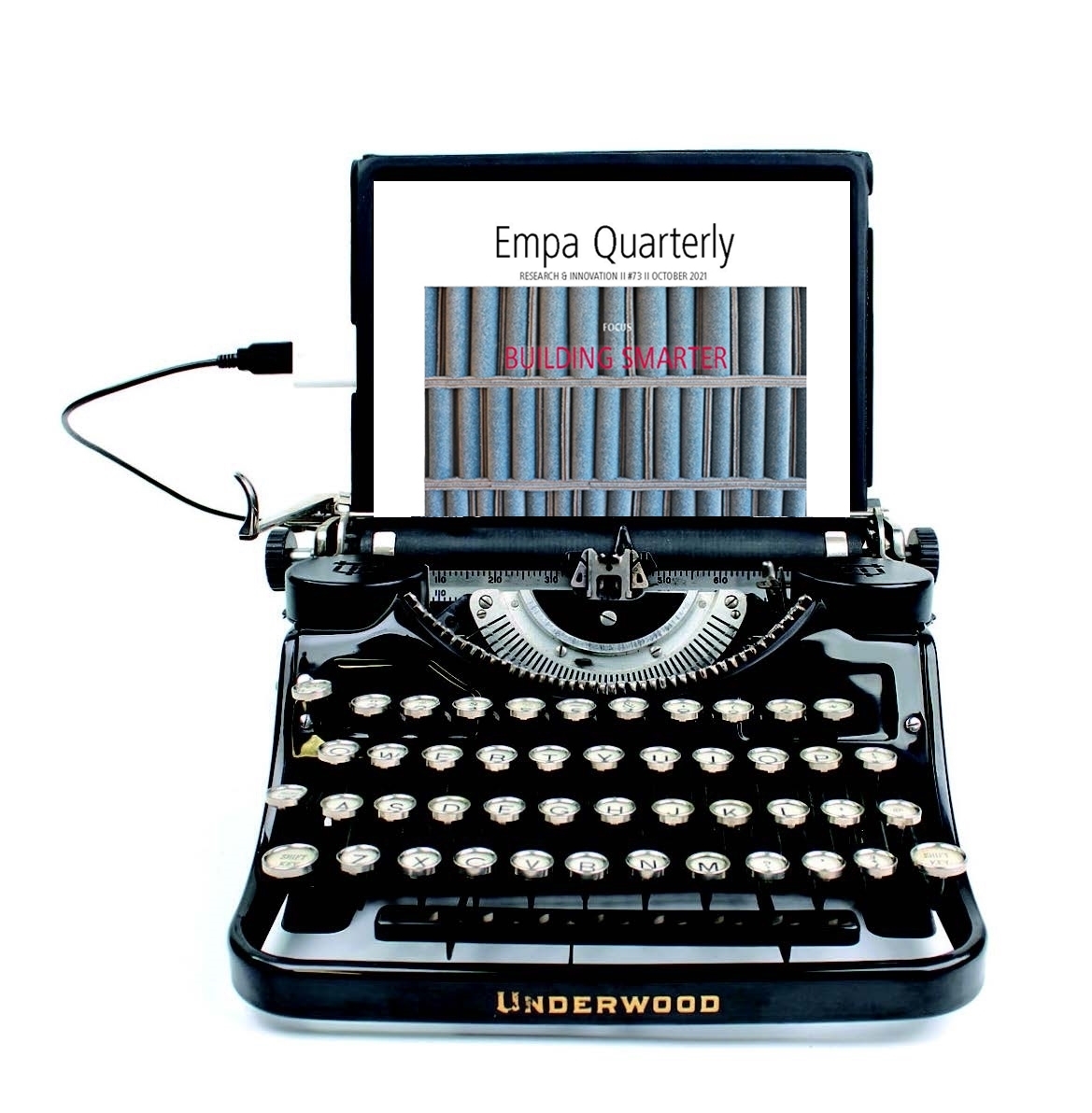
Never miss an issue
Subscribe to our magazine
In Brief

Hazardous for the lungs
In a unique experiment, Swiss researchers have investigated the effect of exhaust particles from aircraft turbines on human lung cells. The cells reacted most strongly to particles emitted from the ground when the aircraft is idling. It was also found that the cell-damaging effect can only be compared to the effect of particles from petrol and diesel engines to a limited extent.
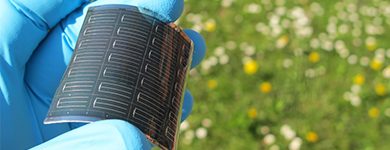
New world record for flexible thin-film solar cells
Empa researchers break their own world record. Never before has such an efficient flexible CIGS solar cell been created. Empa researchers achieve an efficiency of 20.8% for the first time – breaking their own record from 2013.
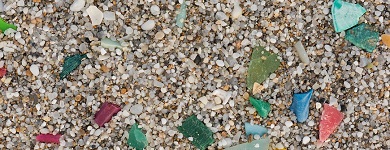
Microplastics in freshwater
The term microplastics is familiar to most people, but its dangers are virtually unexplored. Empa researchers have now carried out the world's first risk assessment for microplastics in lakes and rivers. The study concludes that aquatic organisms are not (yet) acutely endangered in Europe.
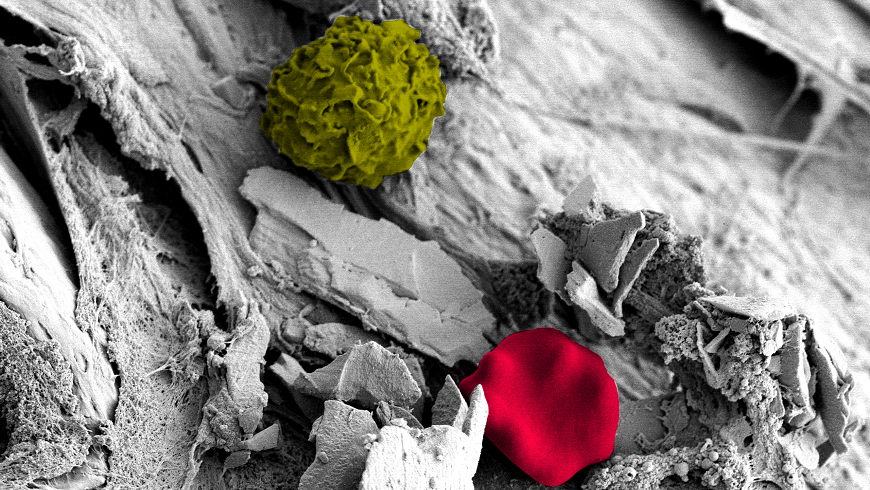
Fight against biofilms
The most successful flat share in the world
Biofilms are enormously resistant accumulations of germs, which can cause serious problems, especially in hospitals. Like a single large creature, they can spread within wounds or colonize implants or biomedical products. With novel materials and surfaces researchers intend to combat the sturdy pathogens. More.

Zurich Heart project
Deceptively real
The human heart still poses great challenges to modern medicine. More than ten million people in Europe suffer from heart failure, and quite a few of them need a donor organ. Artificial heart pumps are used to bridge the waiting time, but complications are not uncommon. The "Zurich Heart" project, in which Empa is a partner, is developing solutions. More.
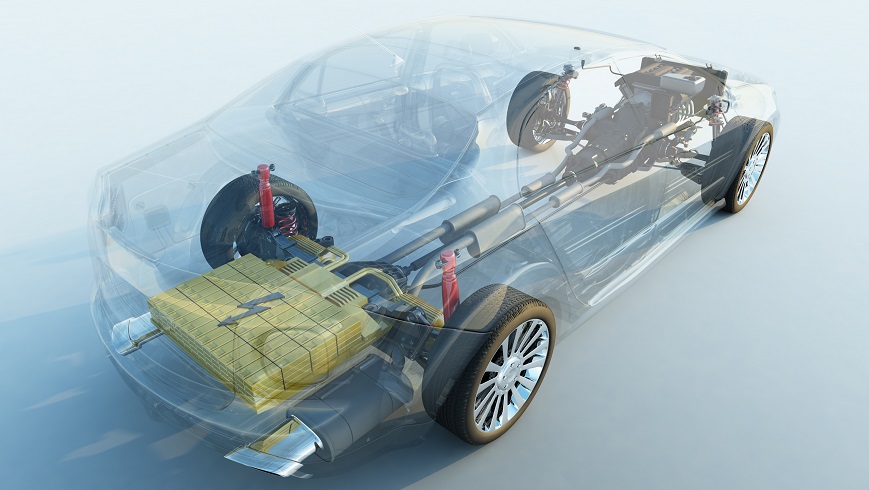
Old electric car batteries
Ready to recycle?
The number of registrations of electric cars is rising sharply. But where to put old batteries? The association of Swiss car importers, "auto-schweiz", is striving for a recycling solution for the entire industry. Empa experts support it. More.
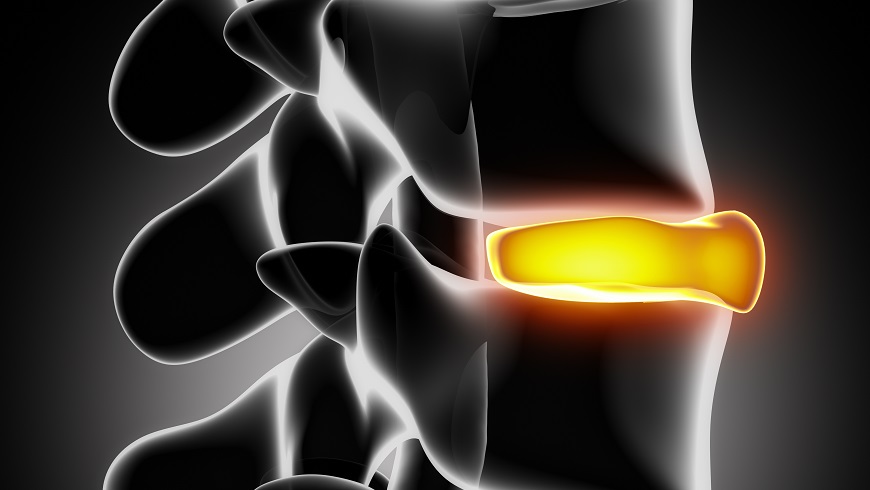
Decision-making made easy
Best treatment for herniated disc
A herniated disc is painful – and the most frequent cause of spinal surgery. But is the selected treatment always the right one? New research results show that the clinical criteria – the comparison of two static images – are often not sufficient to make the best decision for the patient. More.

Prevent excessive scarring
Scars: gone with the foam
Poorly healing wounds and severe scarring are more than just a cosmetic problem; they can significantly impair a person's mobility and health. Empa researchers have now developed a foam that is supposed to prevent excessive scarring and help wounds to heal quickly. An essential ingredient: the yellow ginger tumeric. More.
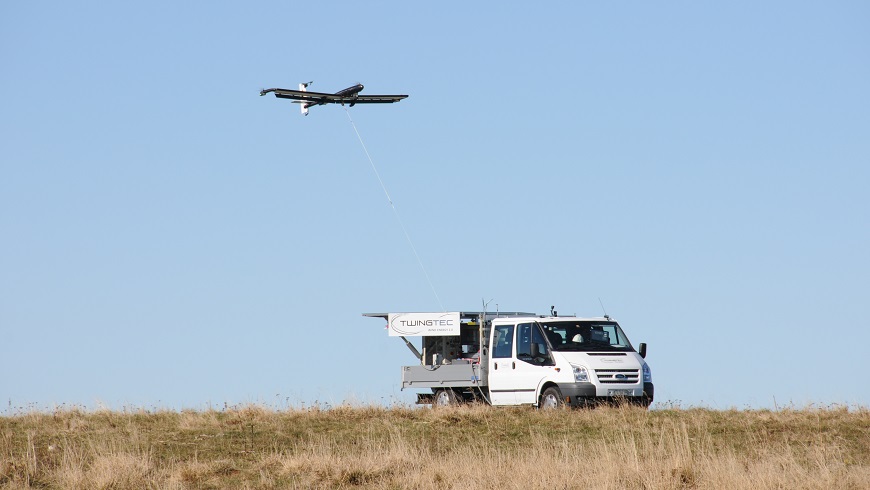
TwingTec
Wind power from the Sky
To harvest wind energy, you don't necessarily need rotors on steel masts – light kites on thin ropes can do the same. The Empa spin-off TwingTec has been researching this technology for some time now. Last autumn, it was possible for the first time to start, generate electrical energy while flying and then land again, all in the specified level of automation. Commercialization is now within reach. More.
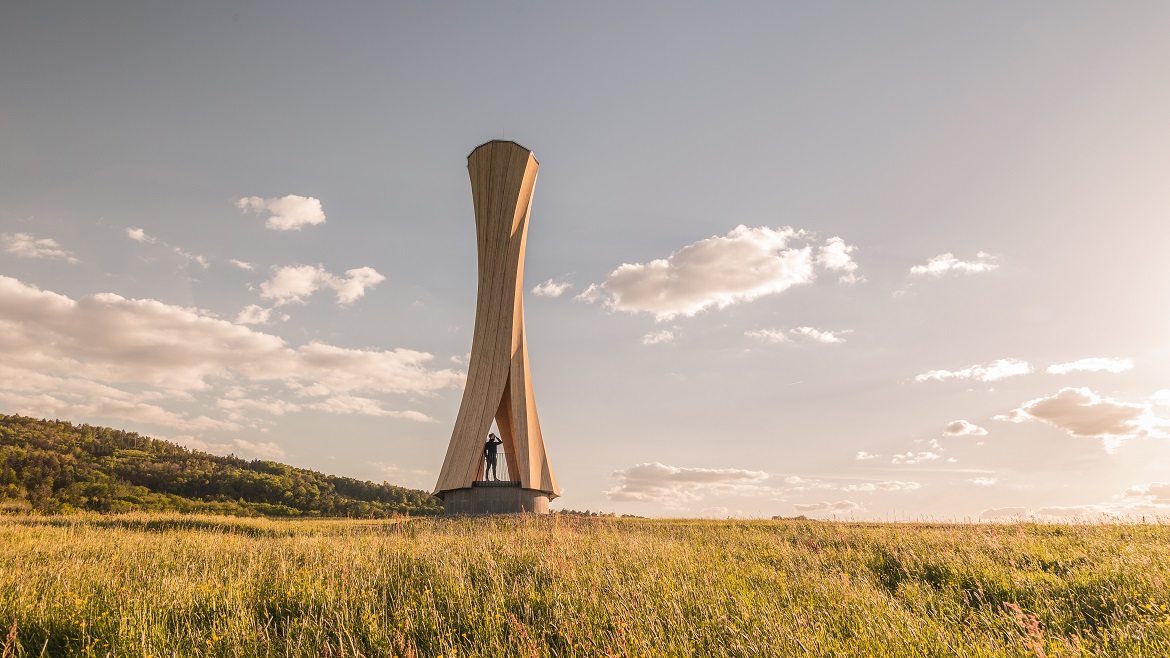
Insights
Desirable deformation
Since may 2019 there is a unique wooden building in the Remstal near Stuttgart: a tower made of self-formed spruce boards. The method, which has been developed at Empa and ETH Zurich, uses the natural swelling and shrinking of wood under the influence of moisture and thus enables a new and unexpected architecture for the construction with the renewable and sustainable resource of wood.
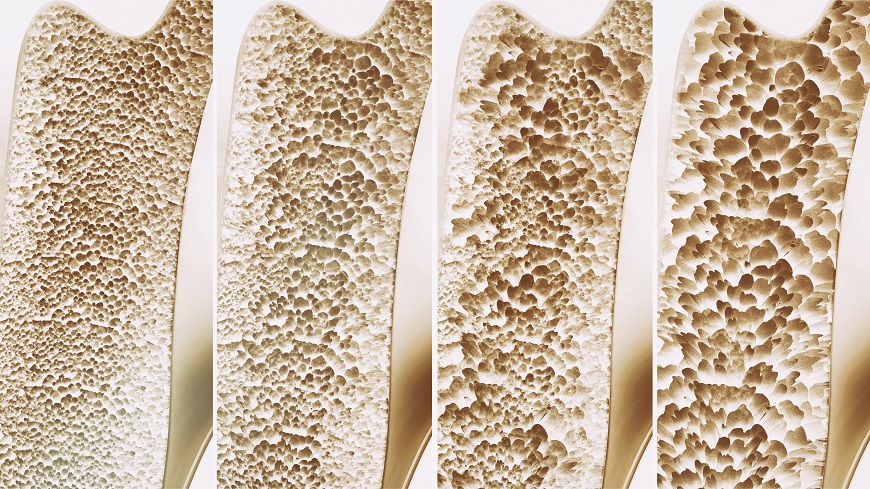
Better understanding human bones
Why do bones fail?
Can analytical methods from materials science help us better understand human bones? A research team at Empa in Thun is pursuing precisely this approach. More.
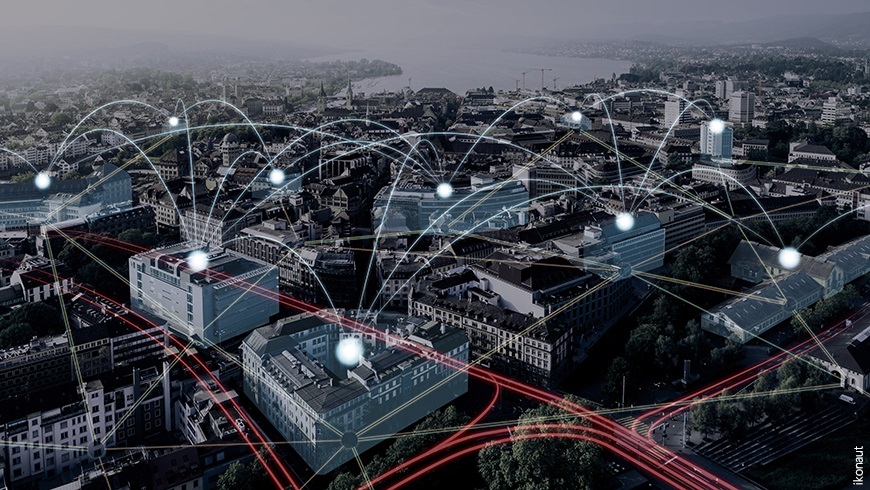
ReMaP – Key to the energy systems of the future
A clever distribution
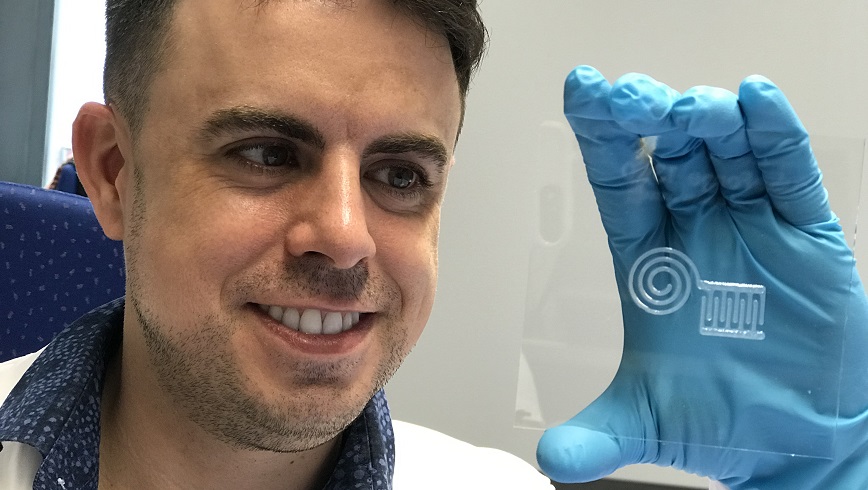
Flexible, biocompatible nanocellulose sensors
Wood on our Skin
Physiological parameters in our blood can be determined without painful punctures. Empa researchers are currently working with a Canadian team to develop flexible, biocompatible nanocellulose sensors that can be attached to the skin. The 3D-printed analytic chips made of renewable raw materials will even be biodegradable in future. More.
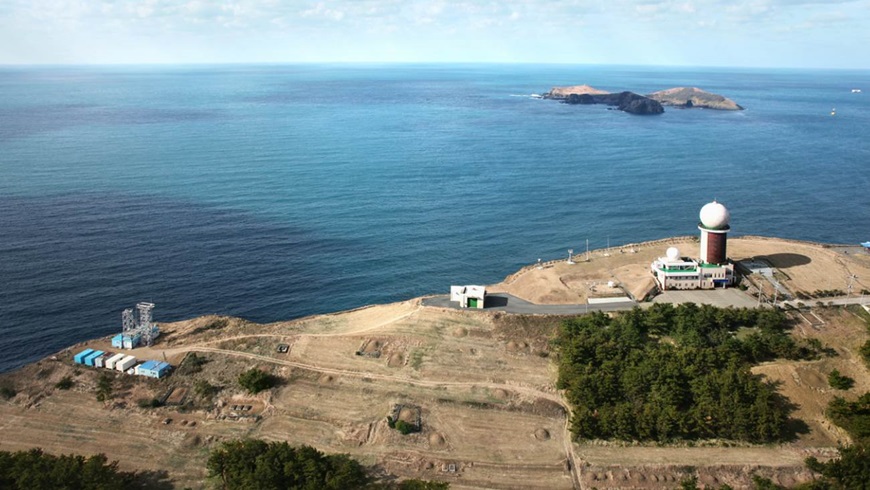
«Nature» article on atmospheric pollution
Emissions puzzle solved
The chlorofluorocarbon CFC-11 is considered to be one of the main substances responsible for the degradation of the stratospheric ozone layer, which protects us from the UV radiation of the sun. Measurements show, that the atmospheric CFC-11 concentration is rising again despite a worldwide ban. But where do they come from? An international research group involving Empa was able to solve this mystery: CFC-11 emissions could clearly be traced back to eastern China. Illegal foam production facilities are suspected. More.
On the Road
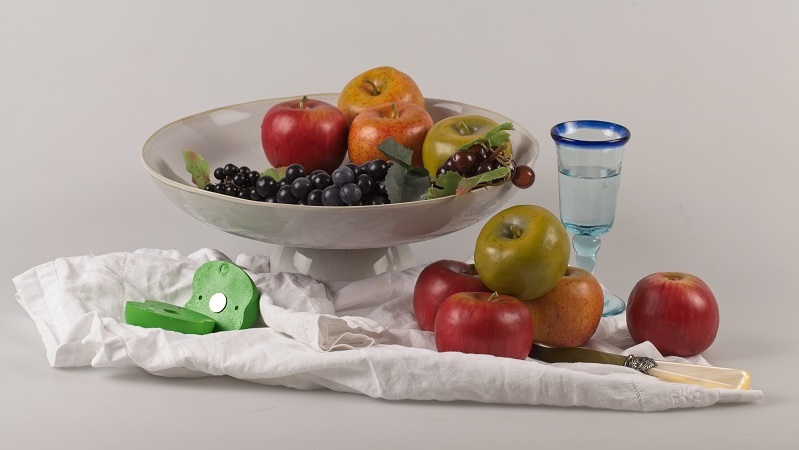
Research needs creativity
Natural science and art are closer than you might think. Empa researchers supplied three works of art for the "Artsci 2019" art and science exhibition at ETH Zurich. The audience and experts were enthusiastic about the imaginative materials researchers. "The fruit spy that came from the cold" by Professor Thijs Defraeye was even awarded the audience prize.
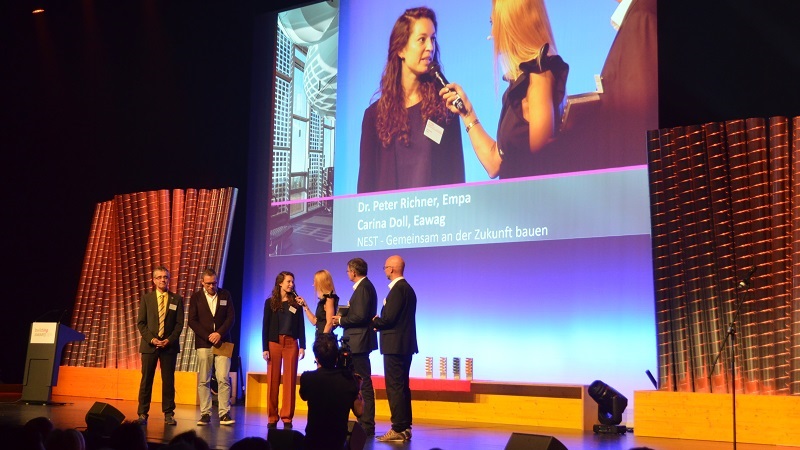
Two nominations and one award
For 13 years, the building foundation has been committed to young engineers in the construction industry – including the awarding of the "Building Award" for remarkable and innovative engineering achievements in construction. This year, two Empa projects were nominated for the award in the "Research and Development" category: The shape memory alloy "memory steel" and the modular research and innovation building NEST by Empa and Eawag. The NEST team received the award at the KKL Lucerne.
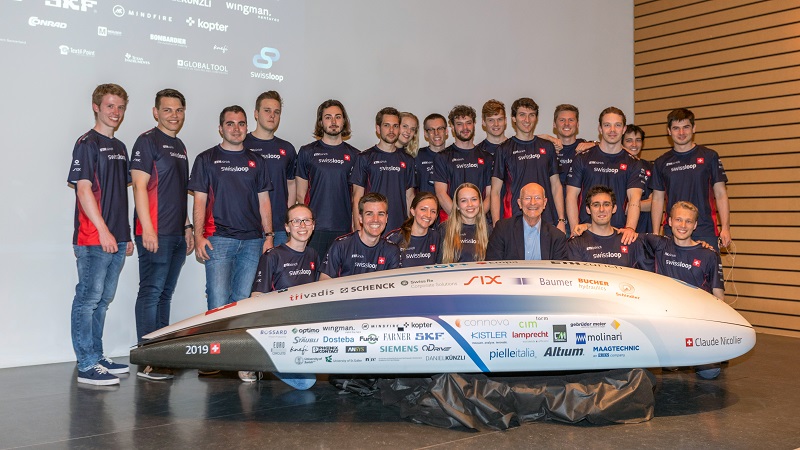
Swissloop relies on Claude Nicollier
On 21 July, Swissloop, an association of students from ETH Zurich and other Swiss universities, will again compete against teams from all over the world at the international Hyperloop Pod Competition in Los Angeles. At Empa, Swissloop presented its completely new Pod to the public for the first time. A great honor for the inventors: Claude Nicollier himself personally took the opportunity to accompany the transport capsule named after him at its inauguration.

